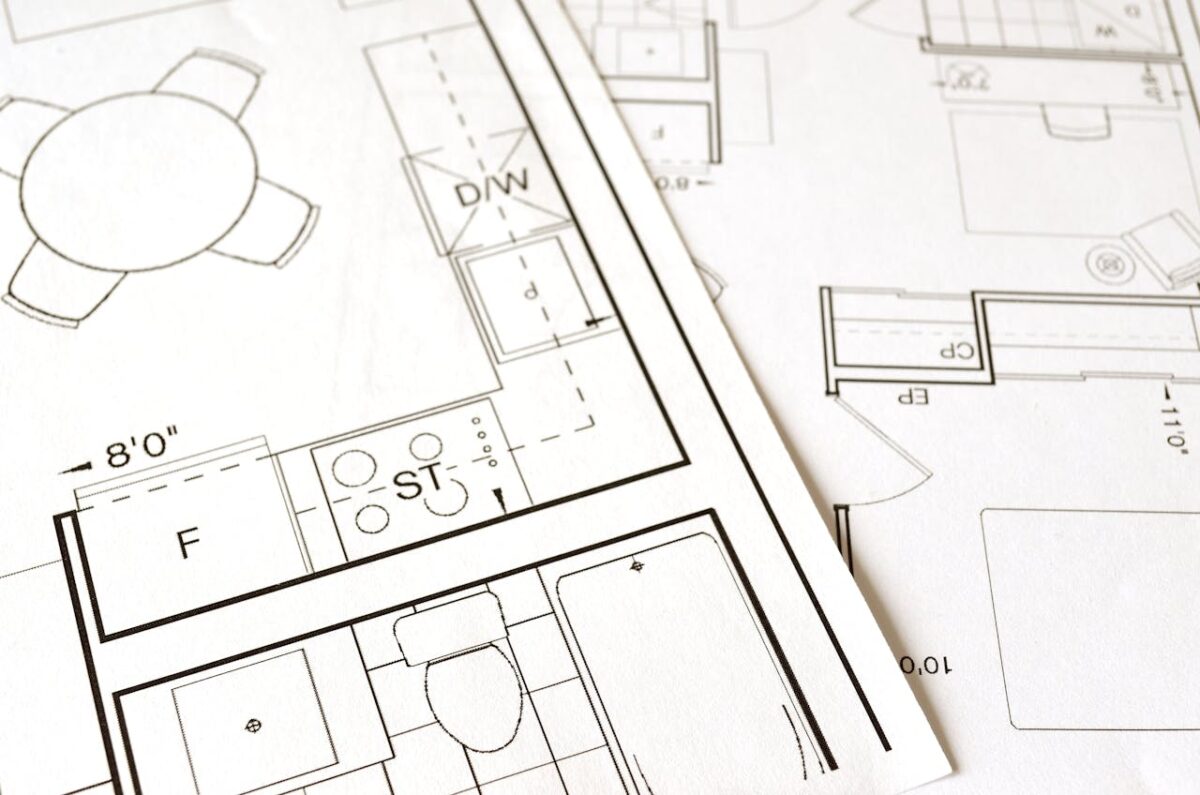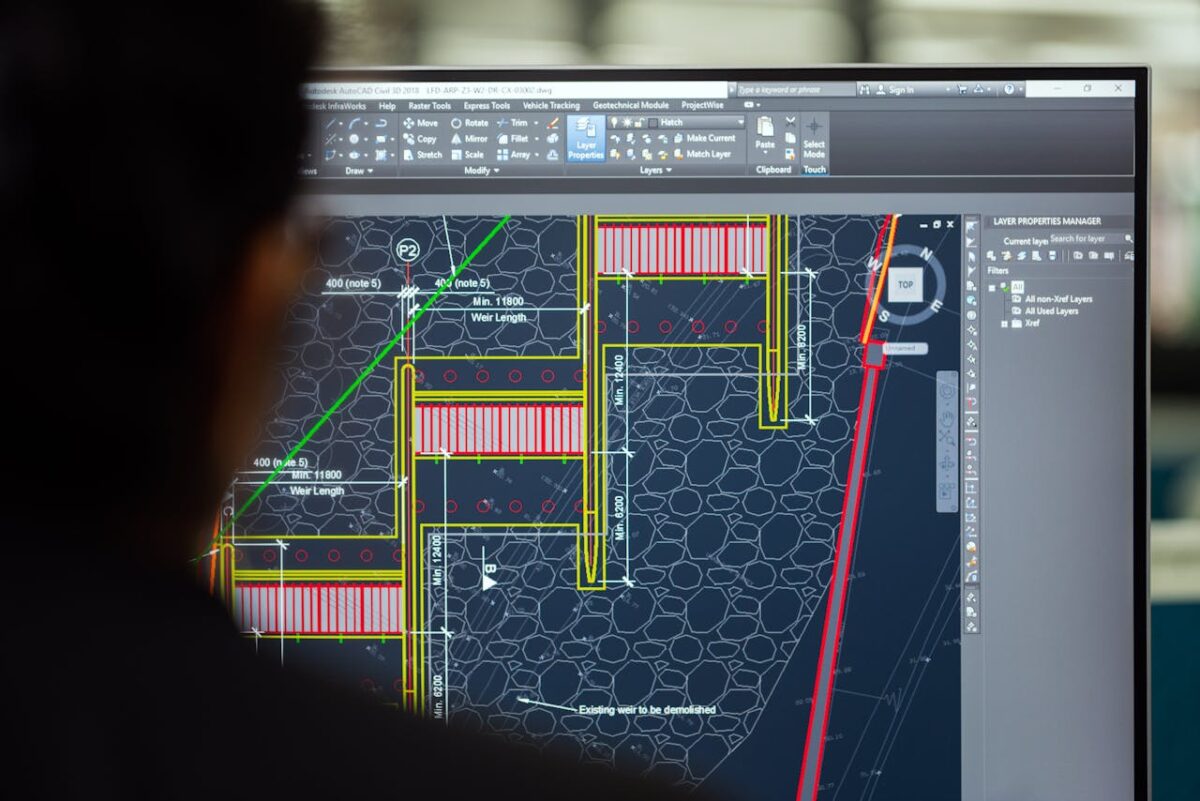Learn how to build and manage your own unique tool palettes in AutoCAD.
If you spend a significant amount of time each week drawing and designing in AutoCAD, you have definitely found yourself repeatedly using the same commands or looking for blocks and hatch patterns that you use regularly. Personalized tool palettes are a solution to this problem. In spite of the fact that they are among the most powerful features in AutoCAD, tool palettes are often underutilized. They assist you in organizing the tools, blocks, and instructions that you use the most effectively into a visual panel that is simple to reach. Streamlining your process, improving consistency, and saving a surprising amount of time may all be accomplished with just a few clicks of the mouse. For the purpose of making your work in AutoCAD more efficient and effective, here is a comprehensive and practical instruction that will teach you how to design and maintain custom tool palettes.
An Understanding of the Functions of Tool Palettes
Consider tool palettes to be your digital equivalent of a workbench. You don’t have to sift through menus or type out lengthy instructions; instead, you can just drag and drop blocks, hatch patterns, and tools that you use regularly into your drawing area. Tool palettes are extremely helpful for groups of people who are working together on big projects. They enable everyone to ensure that they are using the same symbols, annotations, and layer settings, which helps everyone maintain consistency.
Making a New Custom Tool Palette for Its Own Use
Beginning is more simpler than you would first believe it to be. In order to get started, launch the Tool Palettes window by either typing “TOOLPALETTES” into the command line or using the CTRL+3 key combination on your computer. As soon as it arrives:
- Select Customize Palettes from the context menu that appears when you right-click on the title bar of the palette (the gray bar that reads “Tool Palettes”).
- Select New Palette from the menu that appears when you right-click in the left panel of the dialog box that opens.
- Name your new palette something that is easy to understand and describes what it is, such as “Mechanical Blocks,” “Project XYZ Details,” or “Custom Hatch Patterns.”
- You now have a blank canvas that is ready to go with your most frequently utilized products.
- Inserting Commands, Blocks, and Hatch Patterns into the Game
Dragging and dropping elements into your new palette is all that is required to populate it. In this manner:
To implement a block: To access the block, open a drawing that includes it. Take the block from your drawing area and move it straight into your tool palette by clicking and dragging it.
First, make a hatch in your picture, and then drag and drop it into the palette. This will add a hatch pattern to your painting.
Please add a command by: Launch the Customize User Interface (CUI) dialog box, which is a command for the CUI. To access the command you are looking for, locate it in the list and then drag it into your palette.
In addition, you may rename an item in your palette by right-clicking on it and selecting Properties. This will allow you to change the default layer, scale, rotation angle, and several other important parameters. This makes the process of placing hatches or blocks much more efficient and guarantees that they will always look precisely as you want them to.
Organization and Management of a Number of Different Tool Palettes
As the size of your collection increases, it is vital to maintain order:
- Develop a number of diverse palettes to accommodate a variety of drawing styles, projects, and disciplines.
- Organize palettes into groups of tool palettes so that you may simply move between sets that are connected to one another.
- You may rename palettes, reorganize them, or drag and drop them into groups using the Customize Palettes window. This will allow you to access palettes more quickly.
When working on many projects that need various standards, this arrangement is very advantageous since it reduces the amount of time spent on each project.
You and Your Team Should Share Your Tool Palettes
The ease with which bespoke tool palettes may be shared is among the most advantageous aspects of these palettes. Your palettes may be exported as.XTP files if you so choose:
- In the Customize Palettes window, right-click on your palette, and then pick Export from the menu that appears.
- You might save the.XTP file to a shared network location, a folder in the cloud storage service, or even forward it to a colleague via email.
- Right-clicking on the palette and selecting Import from the context menu allows other users to import it into their AutoCAD software.
- When teams share palettes, they guarantee that everyone uses the same blocks, annotations, and settings. This results in drawings that are more uniform and have fewer mistakes.
Some Advice for Power Users
As soon as you feel confident with the fundamentals, you may proceed to take tool palettes to an even higher level:
In order to ensure that changes are applied to everyone’s palettes automatically, you may link blocks straight from a shared folder.
Through the use of palettes, dynamic blocks may be inserted that can modify their size, orientation, or features on the go.
The layer settings should be assigned to the objects in the palette so that, for example, every note or symbol will automatically be placed on the appropriate layer.
To facilitate quicker visual identification, you may personalize icons by right-clicking on an item and selecting the Specify Image option.
These seemingly little add-ons may seem to be insignificant, but when applied to dozens or hundreds of drawings, they result in considerable time savings and a more streamlined workflow.
Be sure to keep your palettes up to date.
Your tool palettes have to be updated in tandem with the development of your projects. Review them on a regular basis:
- Unused or out-of-date blocks should be removed.
- Include newly created symbols, patterns, or instructions that are often utilized.
- Refresh the attributes of the palette to reflect any new business standards or requirements for the project.
In order to ensure that palettes continue to be a true productivity accelerator, rather than simply another crowded panel, it is important to keep them neat.
The Importance of Putting Your Workflow to Work for You in Conclusion
The usage of custom tool palettes in AutoCAD is not only a technique reserved for more experienced users; rather, it is one of the most straightforward methods to make the drawing process more efficient, accurate, and less repetitious. You will be able to save hours throughout the course of the life of your projects, you will minimize the number of mistakes you make, and you will bring more consistency to your work if you invest a little time putting them up and maintaining them. Tool palettes transform AutoCAD from a simple drawing tool into a powerful and customized workplace that is tailored around the way you really work. This is true regardless of whether you are an individual designer or a member of a huge collaboration team.


